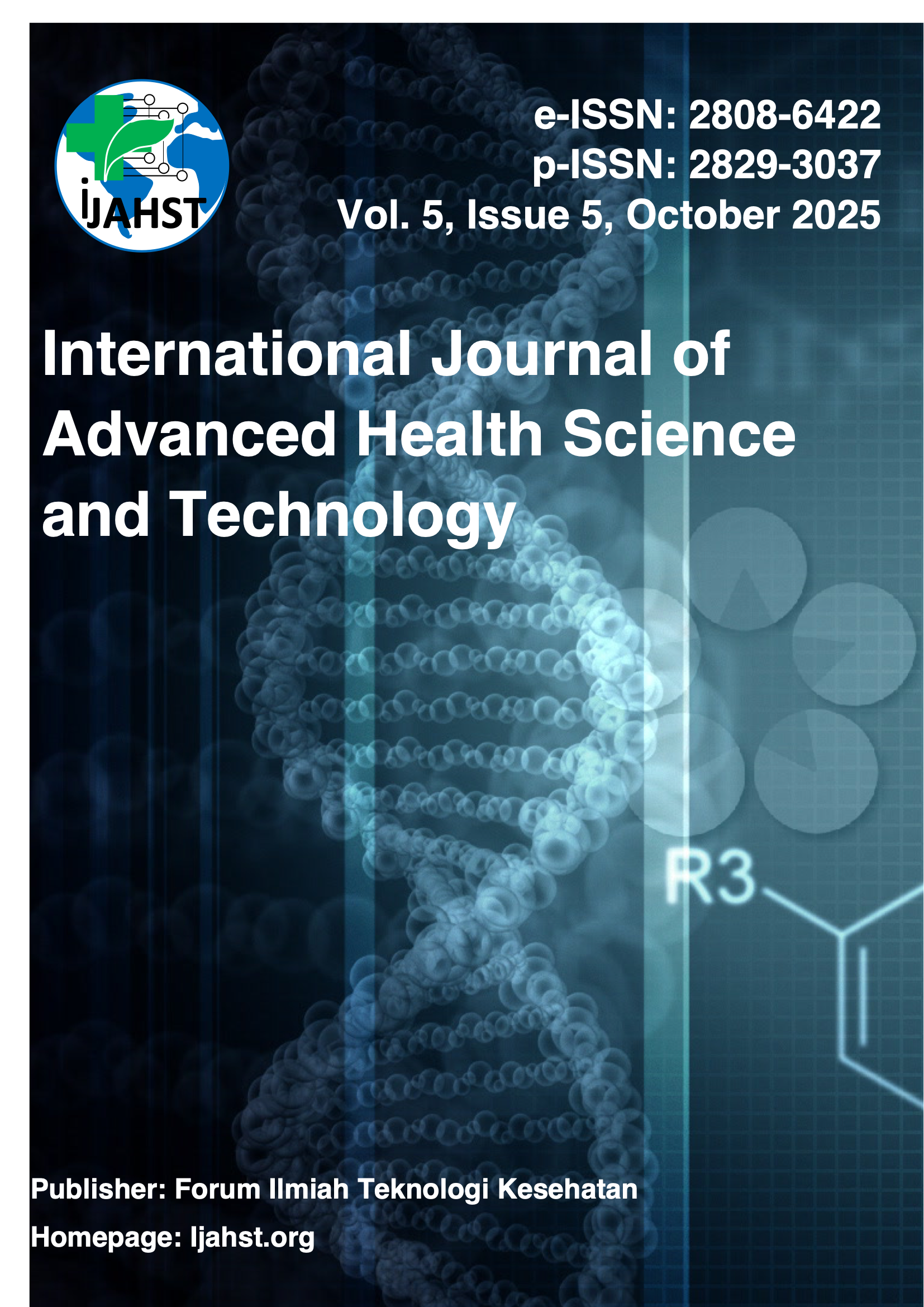The Relationship of Husband Support with Unmet Need Family Planning in Couples of Childbearing Age
Abstract
Unmet need is a condition where women of reproductive age (WUS) are sexually active but do not use contraception. In 2024, Terung Village recorded an unmet need rate of 11.31%. This condition poses a risk to population control efforts. One contributing factor is the level of husband support. This study aims to analyze the relationship between husband support and unmet need incidence in WUS in Terung Village. The research used an observational, cross-sectional design with 163 respondents selected through simple random sampling. Husband support served as the independent variable, while unmet need was the dependent variable. Data were collected using questionnaires and open interviews, and analyzed using the Chi-Square test.Results showed that 30.1% of WUS experienced unmet need, primarily among women over 35 years old, with elementary education, as housewives, having more than one child, and middle-income status. WUS without husband support had a higher unmet need rate (45.2%) compared to those with full support (10%). The Chi-Square analysis indicated a significant relationship between husband support and unmet need (p = 0.000; α = 0.05). The novelty of this study lies in the considerable disparity in unmet need based on the presence or absence of husband support. Findings emphasize the importance of involving men in family planning decisions, suggesting the need for community-based education to enhance husband participation in contraceptive use.
Full text article
Authors
Copyright (c) 2025 Aqila Fahru Sidqia, Tinuk Esti Handayani, Sunarto, Astuti Setiyani

This work is licensed under a Creative Commons Attribution-ShareAlike 4.0 International License.
Authors who publish with this journal agree to the following terms:
- Authors retain copyright and grant the journal right of first publication with the work simultaneously licensed under a Creative Commons Attribution-ShareAlikel 4.0 International (CC BY-SA 4.0) that allows others to share the work with an acknowledgement of the work's authorship and initial publication in this journal.
- Authors are able to enter into separate, additional contractual arrangements for the non-exclusive distribution of the journal's published version of the work (e.g., post it to an institutional repository or publish it in a book), with an acknowledgement of its initial publication in this journal.
- Authors are permitted and encouraged to post their work online (e.g., in institutional repositories or on their website) prior to and during the submission process, as it can lead to productive exchanges, as well as earlier and greater citation of published work (See The Effect of Open Access).

